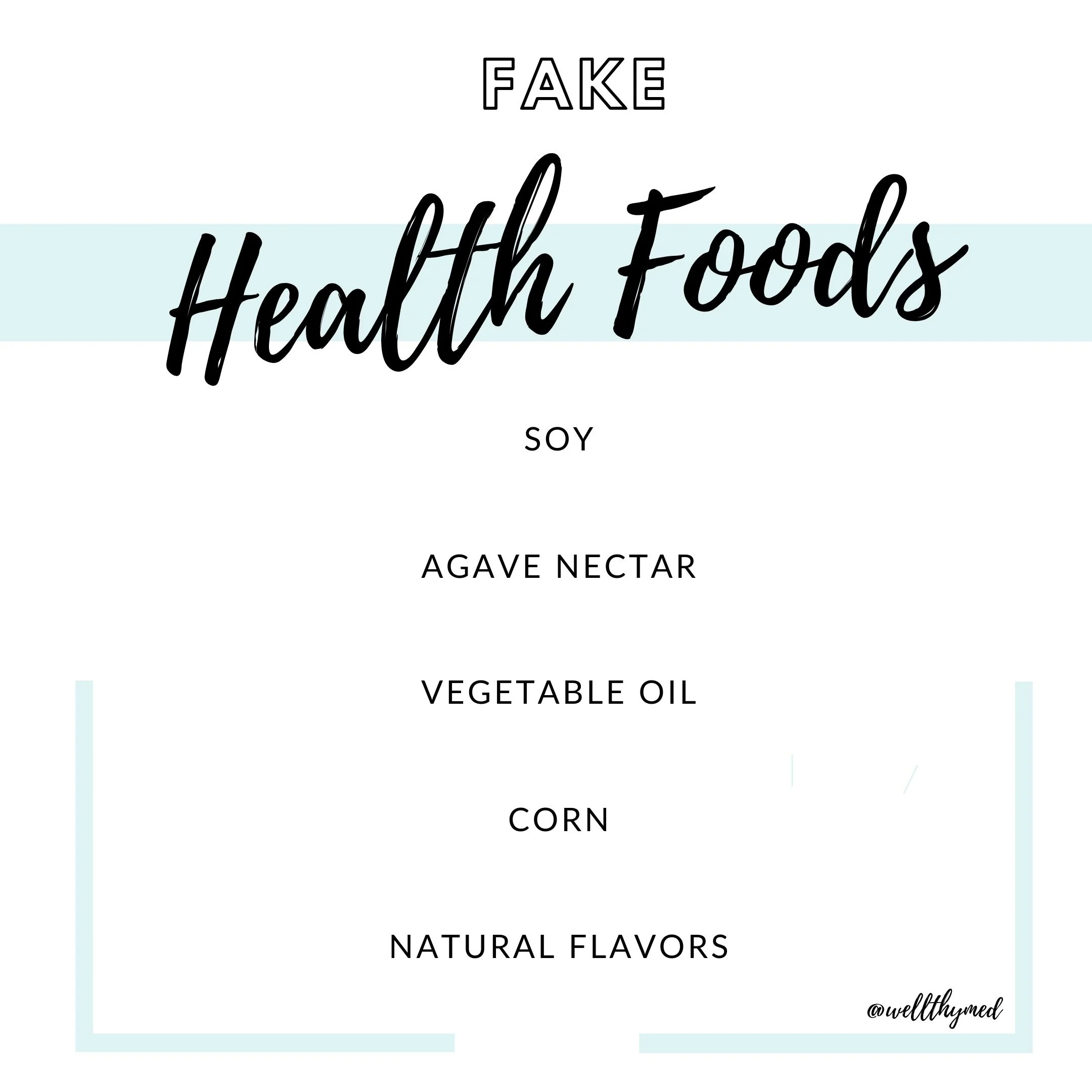7 ways to combat inflammation this Holiday season
It’s the most wonderful time of the year! The holidays are some of the best time of year - filled with love, joy, family, and friends. It can also be a season filled with stress, lack of movement, and over-consumption of sugar and alcohol. This leads to systemic inflammation - and the consequences are not fun! In this article, we’re going to discuss 7 ways to combat inflammation during the holidays.
1. Stay hydrated.
Water is the most important nutrient in your body! It flushes toxins, enables cellular hydration, and transports nutrients, which all play a huge factor in managing and combating systemic inflammation.
As a general rule of thumb, aim to drink half your body weight in fluid ounces of hydrating fluids each day. For example, if you’re a 140lb person, your daily goal is 70oz of hydrating beverages. These hydrating beverages include high-quality filtered water, coconut water, bone broth, and uncaffeinated herbal tea. Keep in mind, for every 8oz of dehydrating beverage you consume (coffee, tea, juice, alcohol, soda) you’ll want to add another 12oz of hydrating beverage to your daily baseline.
2. Move your body.
Moving your body is crucial for a variety of reasons. Regular physical activity has health benefits that includes stress reduction, weight control, strengthening of the heart, bones, and muscles, and reducing the risk of certain diseases1 — all of which are vastly important for combating inflammation. Additionally, exercise is critical for the movement of lymphatic fluid that is responsible for filtering out bacteria, viruses, and toxins, which, if left stagnant, causes high levels of inflammation.
3. Slow down and breathe.
While we cannot go three minutes without oxygen, too seldom do we sit and focus on breathing deeply. Our respiratory system is responsible for filtering out fumes, allergens, mold, and airborne toxins, all of which are highly inflammatory to our system. Focus on breathing in deeply to oxygenate your cells and breathe out completely to remove carbon dioxide and other accumulated toxins in the lungs. In addition to the oxygenation of our system, this deep breathing slows down our nervous system and allows the body to enter a parasympathetic state so we can “rest and digest”.
4. Chew your food.
While this may seem like an odd suggestion, it’s a small but powerful habit to combat inflammation. When we eat too quickly, we swallow air and large chunks of food, which can cause digestive dysfunction and therefore systemic inflammation. Aim to chew your food 20-30x per bite or until the food is a liquid-like consistency. This tiny habit will vastly improve digestion and combat inflammation.
5. Sleep
Sleep is a time where we restore and repair! Ensuring you get 7-9 hours of deep restorative sleep per night is especially key during times of excess stress and overindulgence of sugar and alcohol (i.e. the Holidays!).
6. Avoid too many sweets.
A high sugar diet can have harmful effects on your health and can result in chronic inflammation, where the body’s immune system activates, resulting in damage to healthy cells2.
To reduce inflammation, aim for an overall healthy diet filled with nutrient-dense whole foods. During the Holidays, do the best you can to avoid overindulging in sweet treats filled with refined sugars. If possible, enjoy a dessert made with naturally sweet ingredients like maple syrup or honey!
7. Cook with high-quality oils.
Hydrogenated oils like vegetable, canola, and soy, are highly inflammatory and should be avoided at all costs. These industrial seed oils come from genetically modified plants that are toxic to our systems, full of additives, and have been linked with a variety of health problems.
For high heat cooking choose animal fats or ghee from pasture-raised sources and for medium heat cooking choose extra virgin olive oil or butter. These fats and oils are critical for our health as they boost the immune system and reduce systemic inflammation!
Ensure your days will be merry and bright by following these seven ways to combat inflammation during the holidays!
SOURCES
1. “Does Sugar Cause Inflammation? What the Research Says.” Medical News Today, MediLexicon International, www.medicalnewstoday.com/articles/326386.
2. “Exercise ... It Does a Body Good: 20 Minutes Can Act as Anti-Inflammatory.” UC Health - UC San Diego, health.ucsd.edu/news/releases/Pages/2017-01-12-exercise-can-act-as-anti-inflammatory.aspx.





